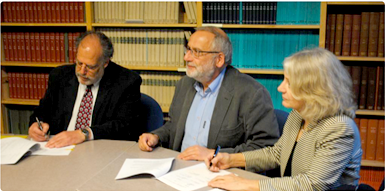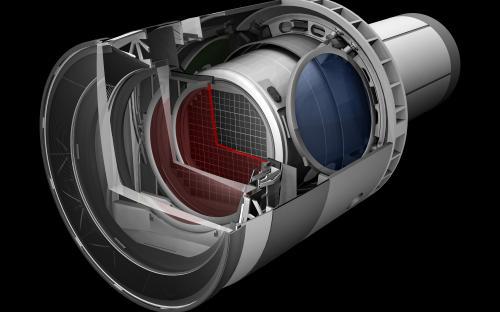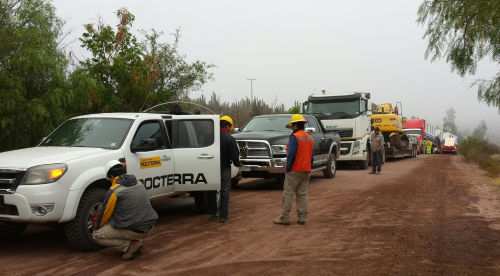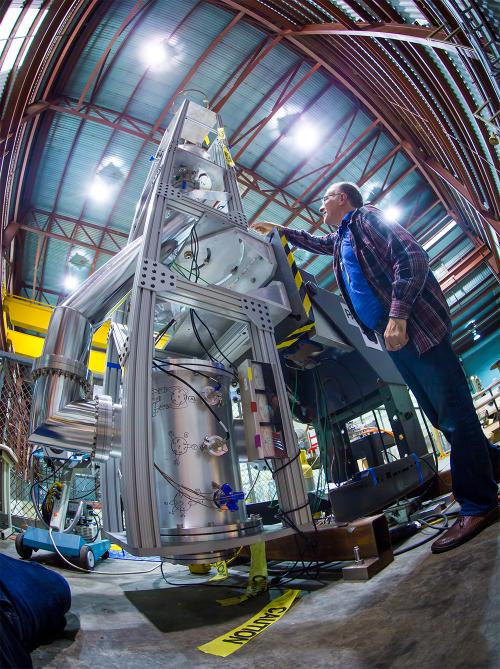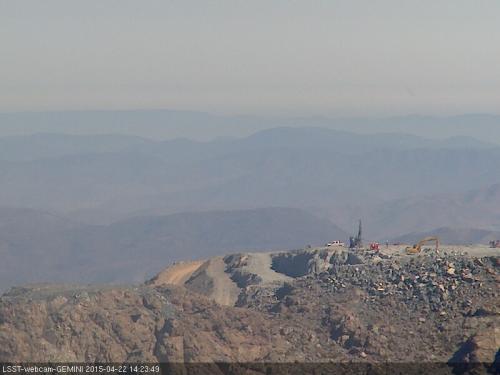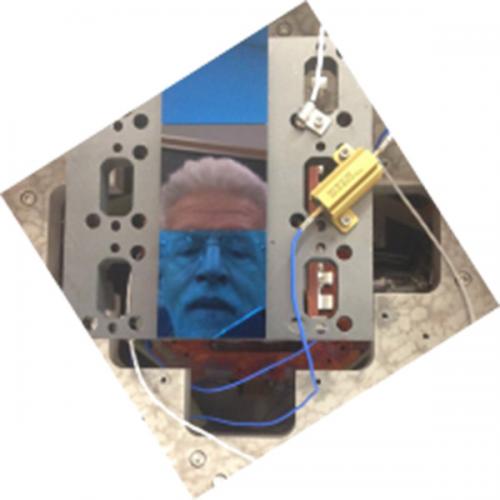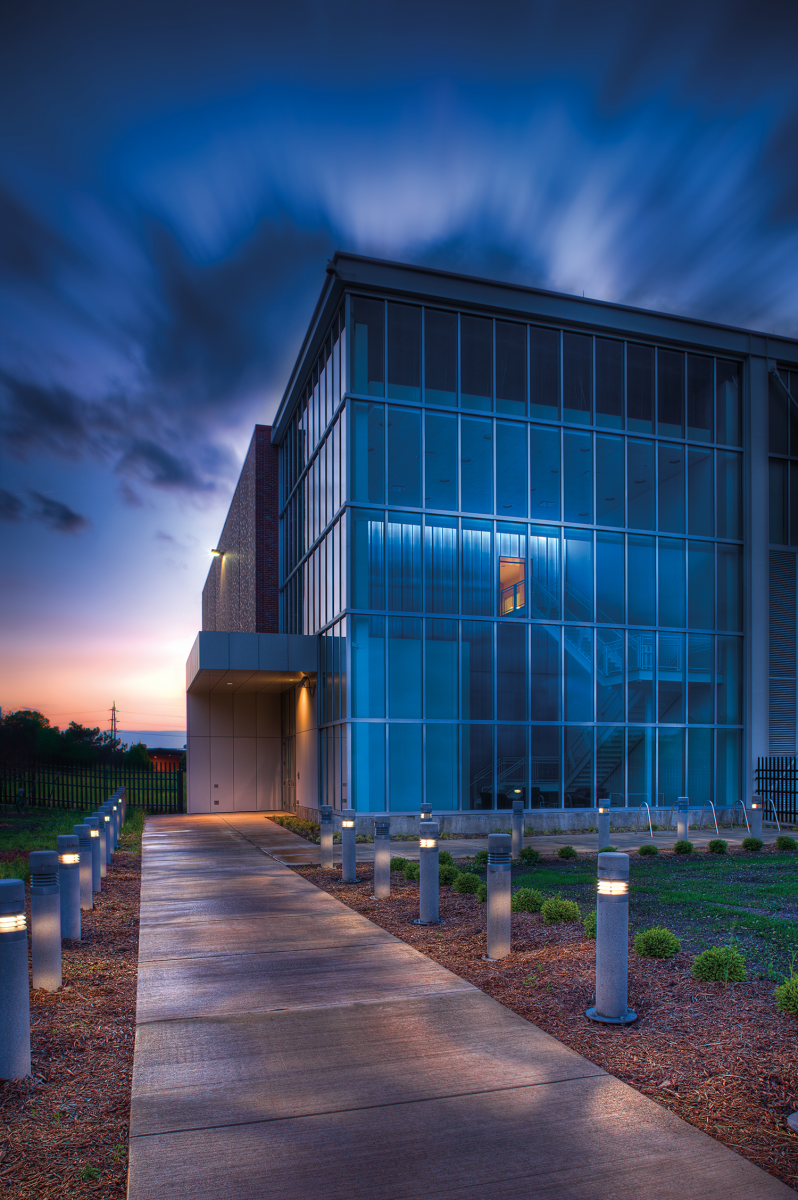Testing of a subscale LSST Camera refrigeration system at SLAC has demonstrated the ability to run reliably for extended periods at consistent, acceptable temperature and power use. During study periods of typically 10 days, the system has run reliably at approximately -128 degrees Celsius with a total load of about 87.5 Watts. The subscale test began in June 2014 in order to simulate more realistic camera geometry and operations.
After beginning the tests using a non-flammable refrigeration mixture designated LSST29-19C, the team later returned to using the original mix, LSST-3N, whose higher hydrocarbon content aids in the transport of oil through the system. This provided more robust performance and improved temperature stability and overall reliability. During the week of December 8, the team tested the feedback control system, used to stabilize the cryoplate temperature. With the feedback control system turned on, cryoplate temperature stabilized at -125C to better than plus/minus 0.1 degrees Celsius, with a total load about 97.5 Watts.


